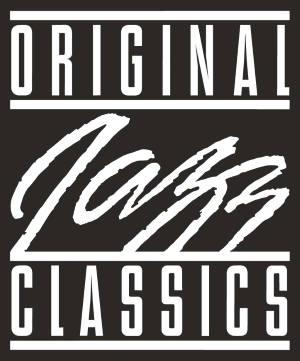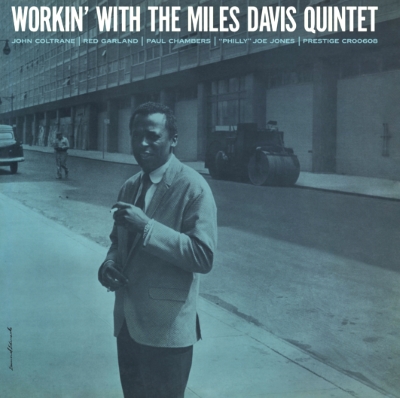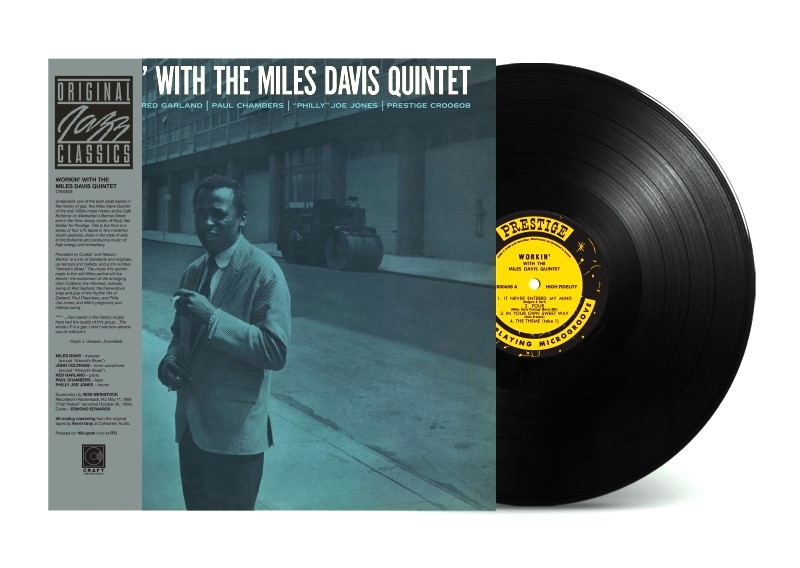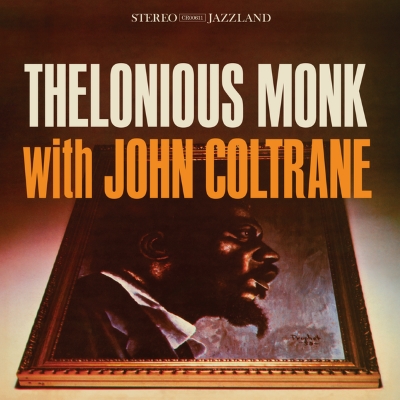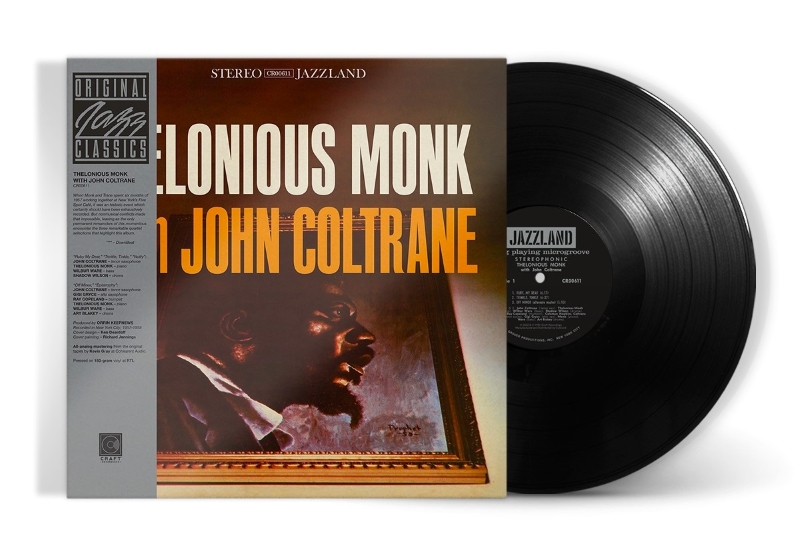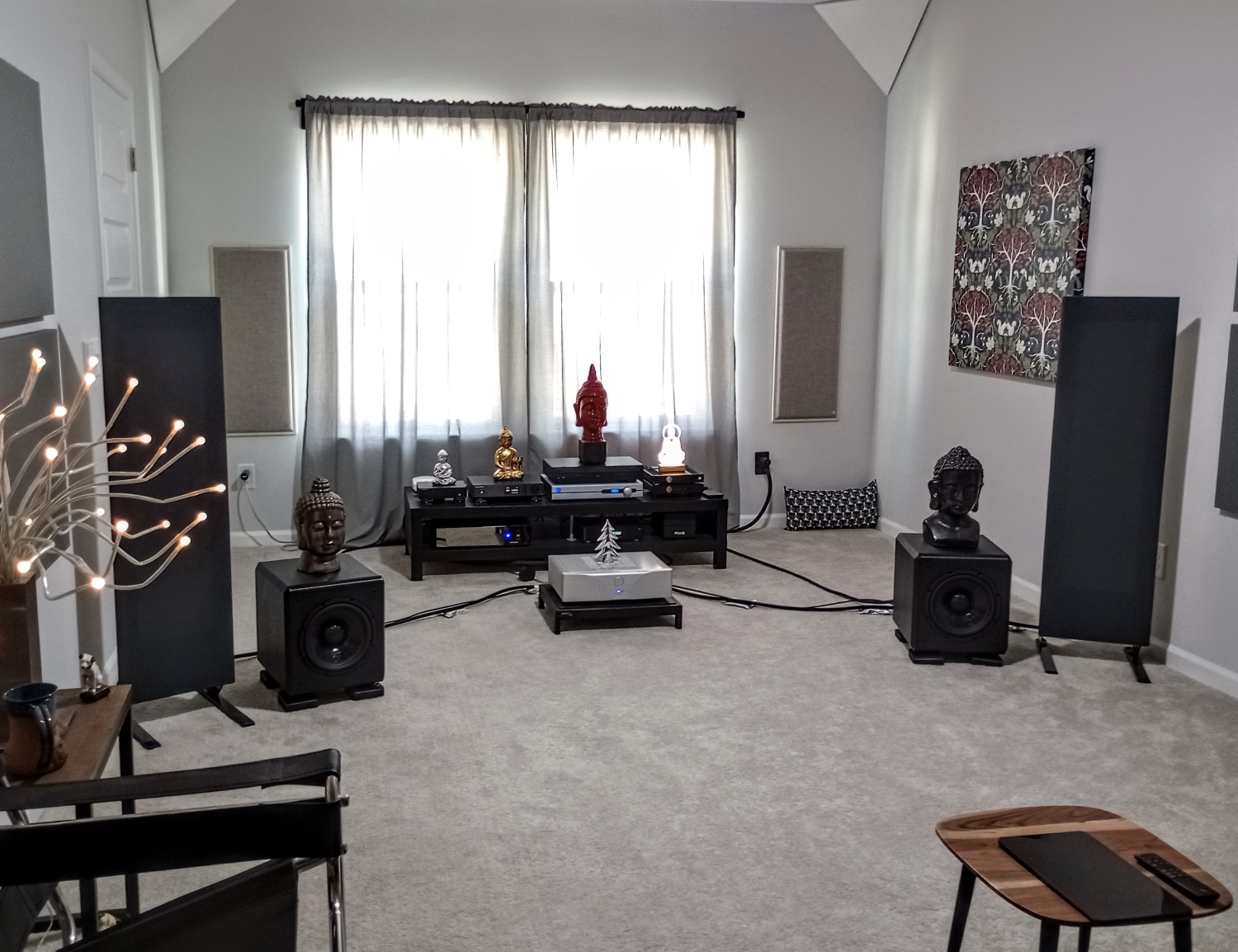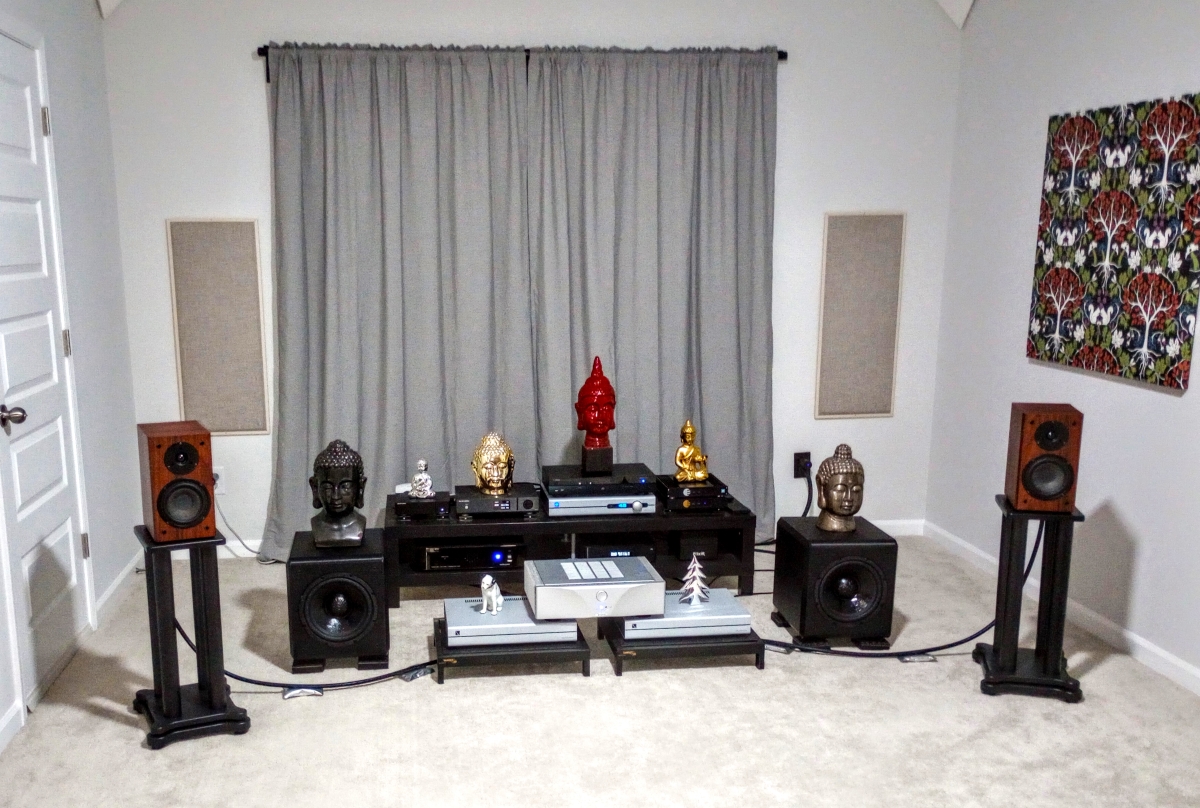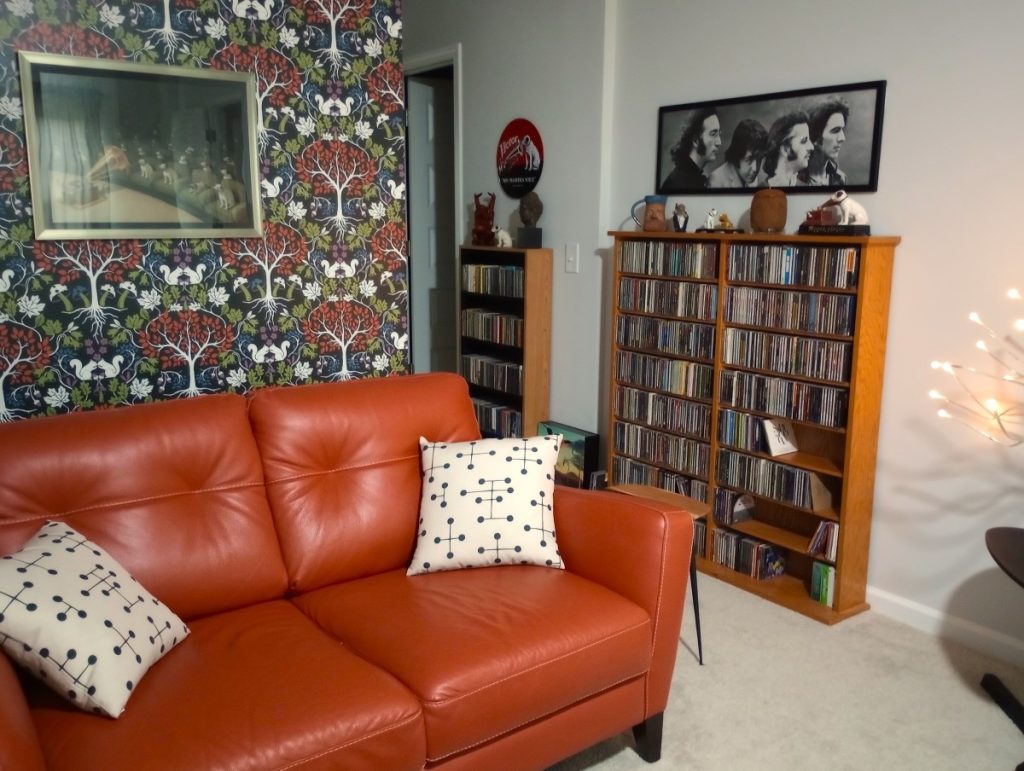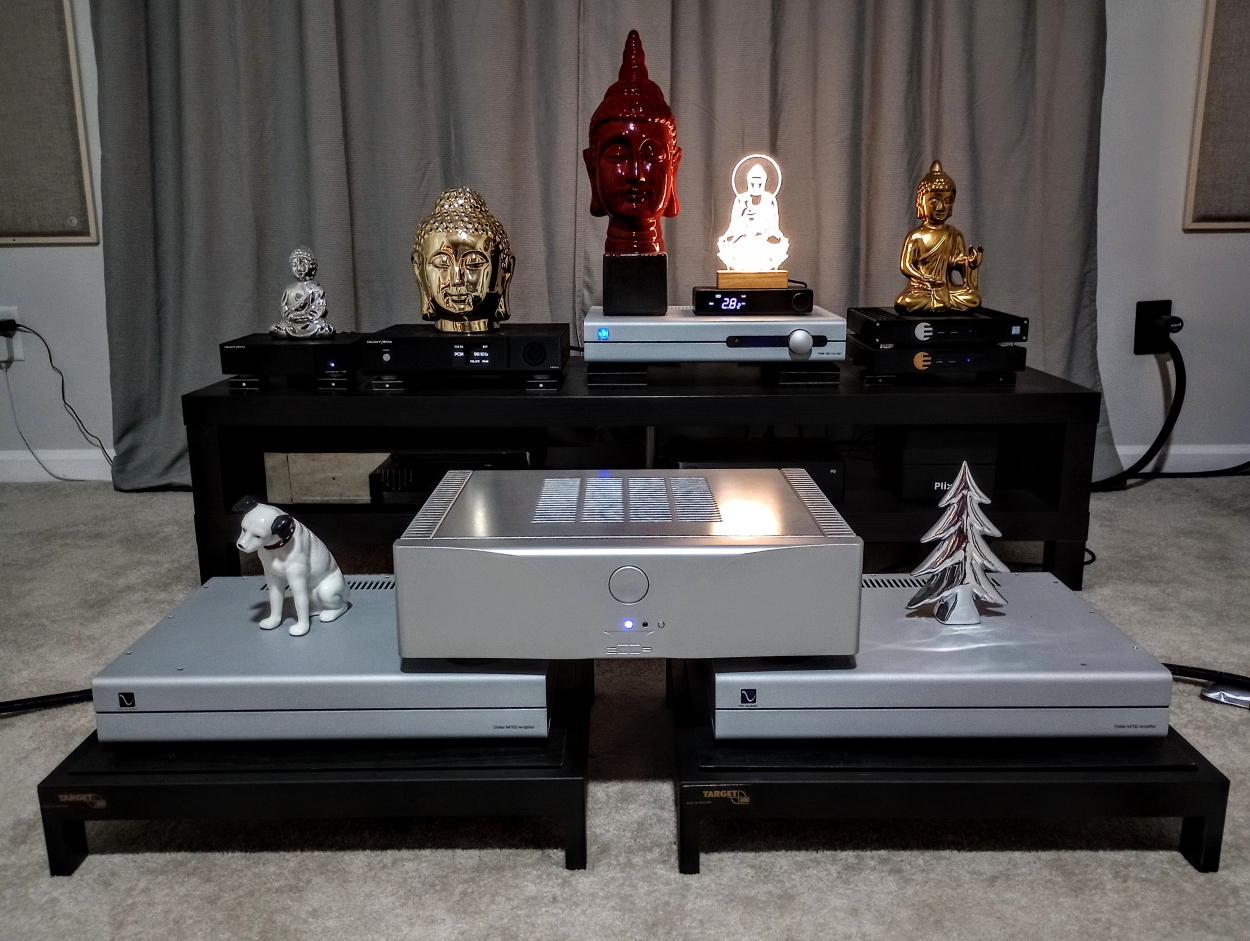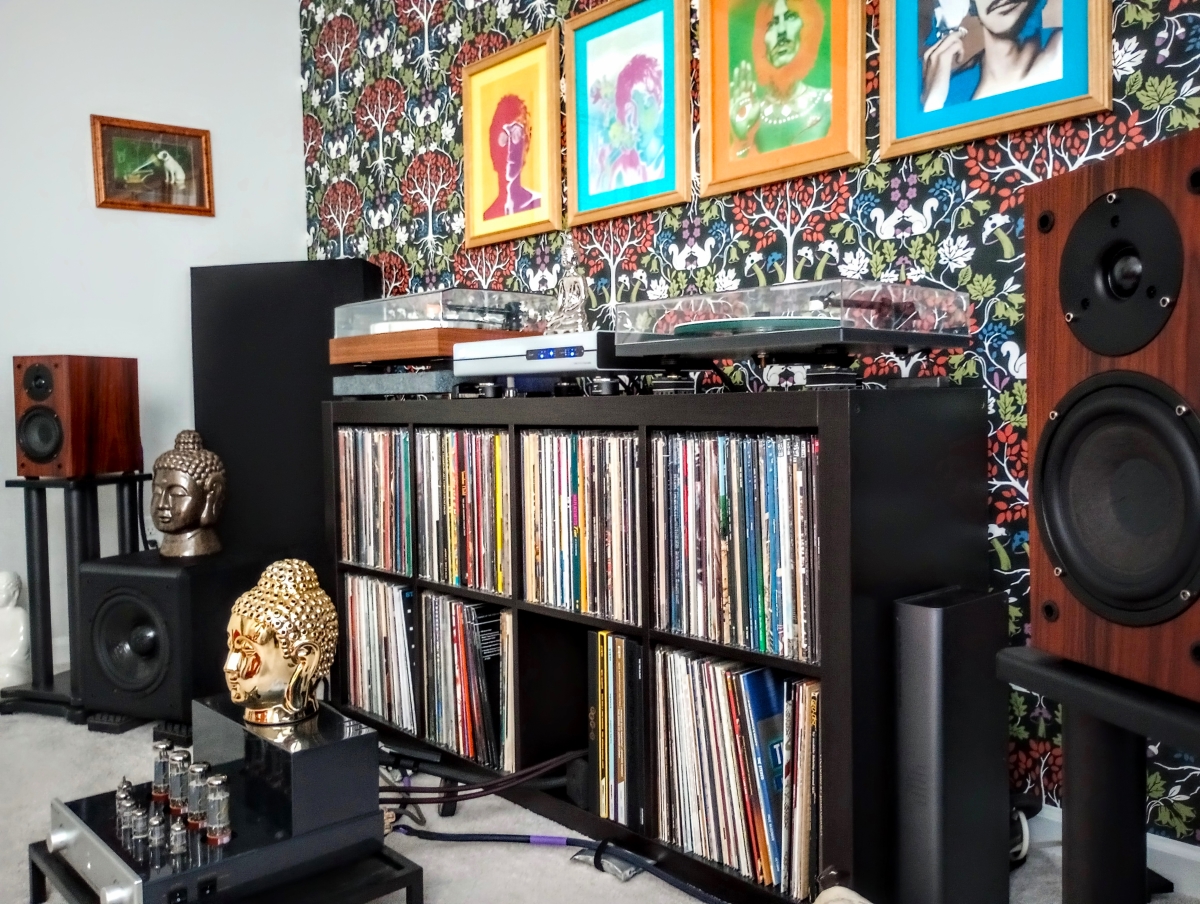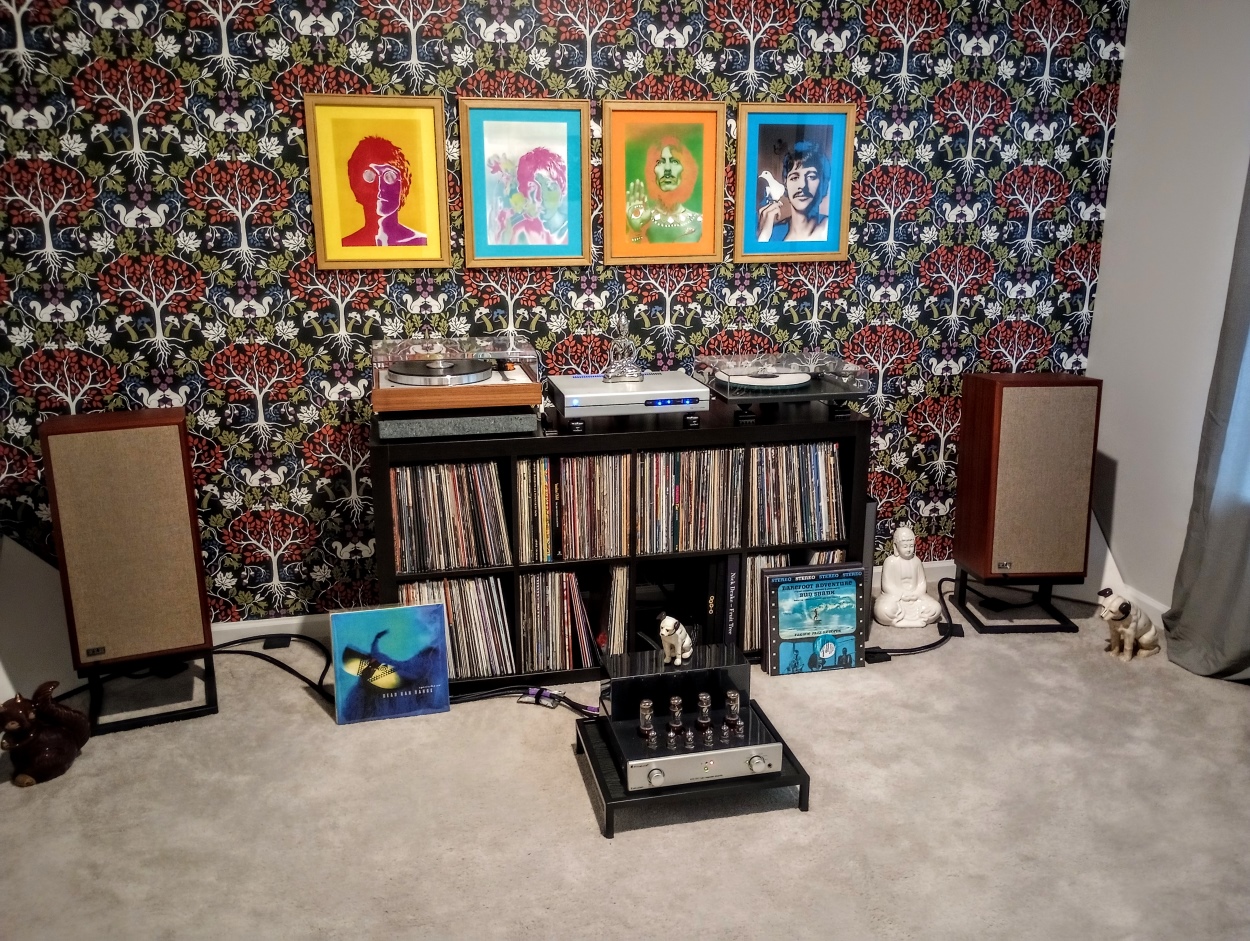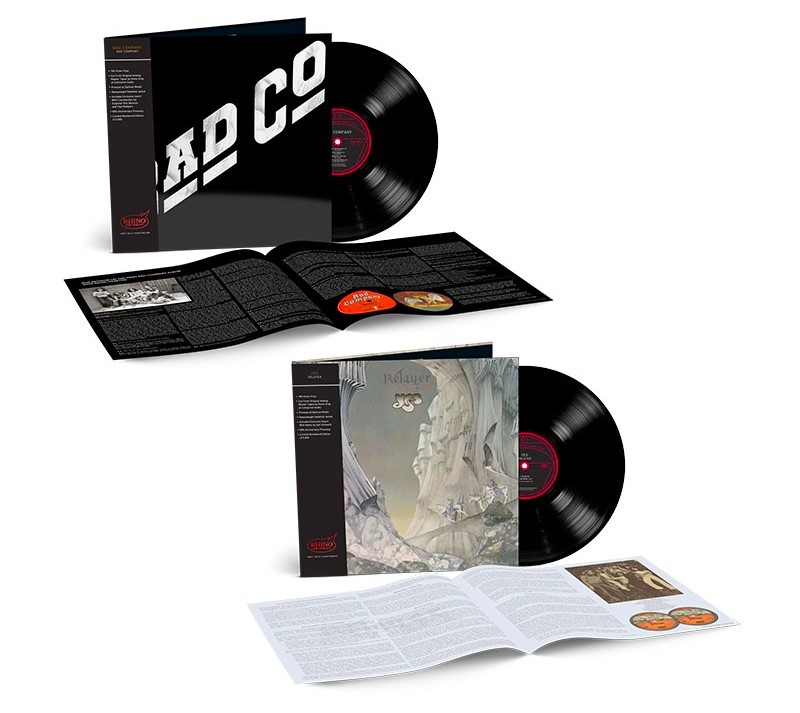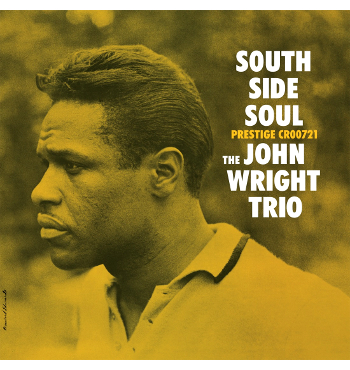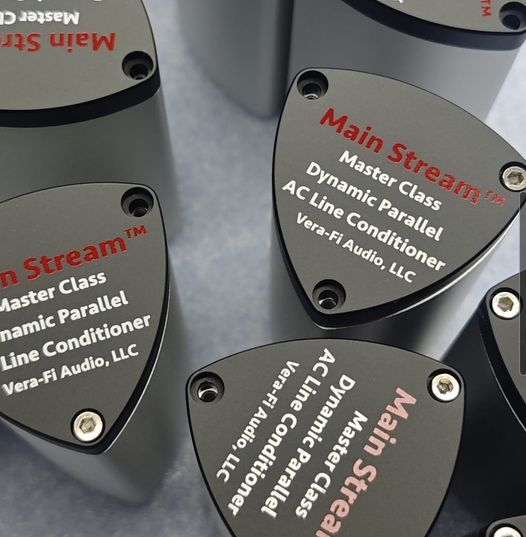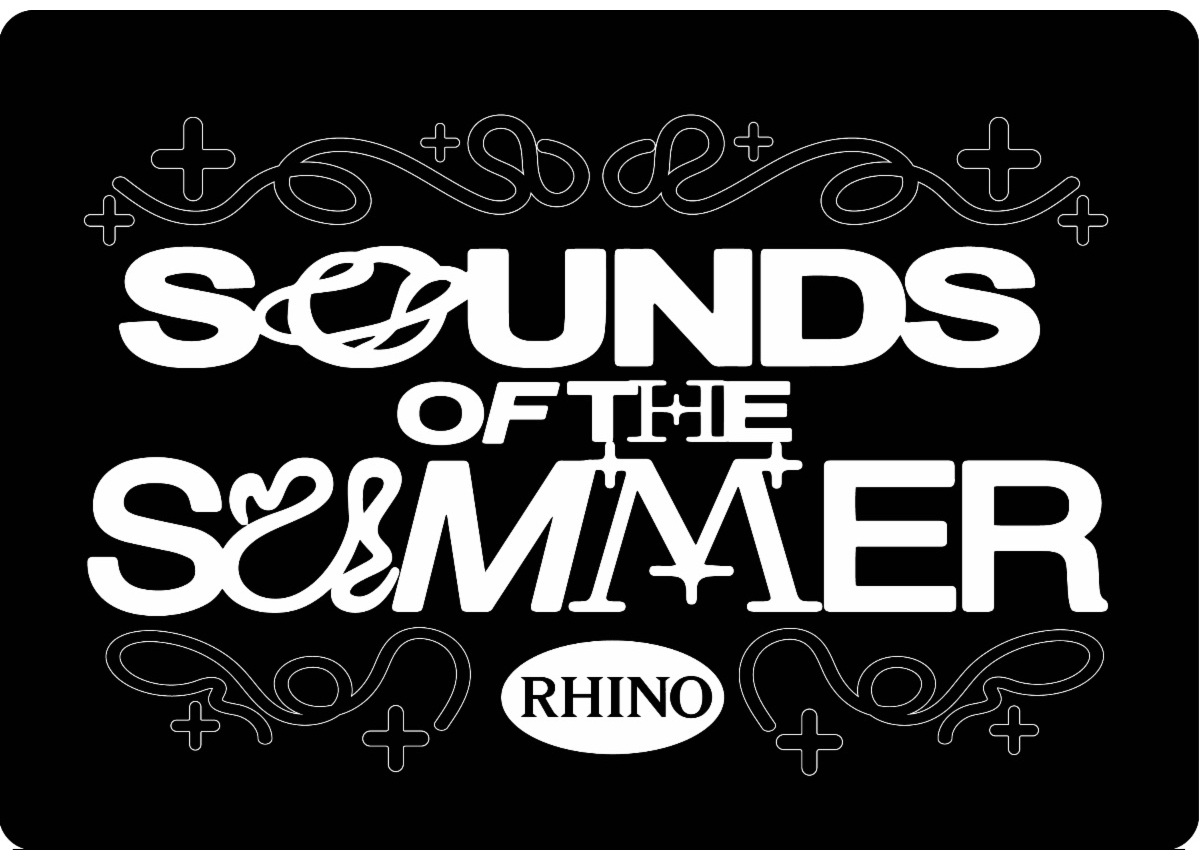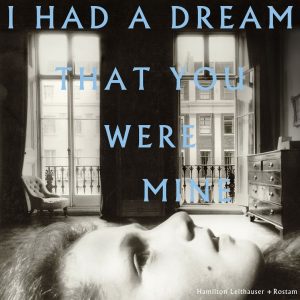Berkeley based Fantasy Records built their early reputation in the 1950s with classic LPs from Dave Brubeck, Cal Tjader, Gerry Mulligan, and Vince Guaraldi. Many of those LPs were pressed on red and blue translucent vinyl, and they became immensely popular with record buyers. I'll never forget finding a sealed copy of Vince Guaraldi's Jazz Impressions around 1990, and discovering when I got home that it was an original pressed on red vinyl—it was my first colored vinyl pressing, and I nearly flipped out! Fantasy enjoyed the distinction of being the largest independent jazz label in the world for many years, but in late 1967, Saul Zaentz and a group of investors bought the label. And sought to expand Fantasy's jazz roots, especially when they enjoyed a string of successes with mega-selling albums from recently signed Bay Area rock group Creedence Clearwater Revival. Fantasy soon brought additional local performers into the fold, recording albums from a diverse group of artists that included Jerry Garcia, Country Joe McDonald, Ike and Tina Turner, and the Staple Singers, along with their usual jazz fare.
In the mid-seventies, Fantasy started buying or absorbing many independent jazz labels, such as Prestige, Riverside, Contemporary, Milestone, and Pablo, to name a few. And in 1983, Fantasy formed the Original Jazz Classics (OJC) imprint, and started reissuing LPs (and eventually CDs) from all their associated labels. Many of the albums were classic titles from some of the biggest names in jazz, and hadn't been reissued in years. I bought a ton of OJC LPs and CDs over the years; while I was quite impressed with their LPs, I felt the OJC CDs were a bit of a mixed bag when compared to the almost always excellent LPs. As compact discs gained popularity and pushed LPs aside, I started reading rumors that new LP pressings of OJC reissues were being mastered from digital sources. None other than Steve Hoffman declared on one of his forums that "99 percent of all OJCs prior to 1990 were mastered from analog originals." Regardless, I started noticing OJC LPs almost completely disappearing from shelves at independent record stores around the early 2000s.
Concord Music currently owns Fantasy and OJC, and Craft Recordings has just initiated a relaunch of the OJC imprint by releasing a number of classic titles from their vast catalogs. Two seminal titles are part of the first batch of releases: Workin' With the Miles Davis Quintet (scheduled for release on April 28) and Thelonious Monk with John Coltrane (scheduled for release on May 26). Both albums were cut from the original master tapes by Kevin Gray at Cohearent Audio, and these new reissues are purely analog, AAA releases. The LPs are being pressed on 180-gram vinyl at RTI and are being shipped inserted in near-perfect replicas of the original tip-on jackets. Artwork was pulled for the project from Fantasy's vaults, and Workin' With Miles even has the same high-gloss coating on the outer jacket as the original LP release. The albums also feature really hip-looking OBI strips, which give them an added level of coolness and will probably add to their collectibility. And following Craft Recordings' recent trend, both LPs arrived encased in rice paper inner sleeves (not unlike those used by MoFi), which is a beautiful touch and provides excellent protection for the LPs. Both releases will also be made available as high resolution digital downloads, available for both purchase and streaming.
Miles Davis: Workin' With The Miles Davis Quintet. 180 Gram Craft Recordings LP, $39 MSRP
Miles Davis assembled his First Great Quintet in 1955 at the behest of Columbia Records' George Avakian, who'd recently offered Miles a contract, contingent on his being able to put together a working band. The line-up Miles assembled featured a talented group of musicians, including Red Garland on piano, Paul Chambers on bass, Philly Joe Jones on drums, and Sonny Rollins on tenor sax, all alongside Miles' trumpet. Rollins' spiraling heroin addiction forced him to quickly drop out, and he was replaced by a relative unknown, John Coltrane. This quintet was only together for two years, but during that time, they quickly became the preeminent hard bop group of 1950's jazz.
While all this was coming together, Miles Davis was still under contract to Prestige Records. Miles needed George Avakian to buy out his contract at Prestige, and they all agreed to the deal, but Prestige also stipulated that Miles must fulfill his agreement for the five albums he still owed the label. Miles' quintet would be allowed to record for Columbia, but none of those records could be released until the albums owed to Prestige were completed. Scattered over three marathon sessions for Prestige from November 1955 to October 1956, the quintet recorded enough material at Rudy Van Gelder's Hackensack, New Jersey studio to yield five extraordinary albums. Those albums are classics of the repertory: Miles: The New Miles Davis Quintet (1956), Cookin' With the Miles Davis Quintet (1957), Relaxin' With the Miles Davis Quintet (1958), Workin' With the Miles Davis Quintet (1960), and Steamin' With the Miles Davis Quintet (1961).
The last four albums from those legendary sessions were recorded in just two days in 1956, and every track from the sessions ended up on one of those groundbreaking records. Prestige released Miles and Cookin' almost immediately after they'd been recorded; soon after, Miles Davis' legendary string of albums for Columbia Records began to be released. Meanwhile, Prestige and Van Gelder put together three more albums from the material they had in the can, and issued them over the next three years. 1960's Workin' With the Miles Davis Quintet showcases Miles Davis and his First Great Quintet at their pinnacle, and by a happy coincidence was the first of these classic albums I bought on the OJC imprint.
Side one of Workin' features a pair of touching ballads that highlight Miles' unmatched muted trumpet tone, Richard Rodgers' "It Never Entered My Mind," and Dave Brubeck's "In Your Own Sweet Way." In between is the uptempo Davis' original "Four," and the first side ends with the rollicking tune the band played to end their live sets, Take 1 of "The Theme." Side two opens with Coltrane's classic "Trane's Blues." It's followed by a trio number, Ahmad Jamal's "Ahmad's Blues," where both Miles and Coltrane lay out as Garland, Chambers, and Philly Joe Jones lope through a perfectly paced homage to Jamal's inimitable style of cocktail jazz. "Half Nelson," another Davis original that harkens back to his days with Charlie Parker follows, and the side reaches its conclusion with a second take of "The Theme." The album deftly transitions throughout between poignant melodicism and impassioned swing; while Miles' next group might have enjoyed a higher level of acclaim, the root of their success is clearly evident in these definitive performances.
Thelonious Monk: Thelonious Monk With John Coltrane. 180 Gram Craft Recordings LP, $39 MSRP
1961's Thelonious Monk With John Coltrane captured performances from a remarkable period in time for both of the men on the album's marquee. Monk's star was rapidly rising, and the record buying public was beginning to embrace his quirky, complex, and often eccentric compositions. And he'd just signed a deal with Riverside Records, and had also agreed to a six-month residency at New York's Five Spot Café with his quartet. John Coltrane was still a member of Miles Davis' quintet, but was convinced to join Monk (piano), Wilbur Ware (bass), and Shadow Wilson (drums) for the gig at the Five Spot. Following these historic dates, Monk's star skyrocketed, and Coltrane's level of playing literally blossomed—there are many that think that Coltrane might have been more well served to have abandoned Miles and perhaps hang longer with Monk. Unfortunately, no official recordings exist of the Five Spot dates except for a handful of tracks captured by Coltrane's wife Naima on a small recorder. Oh, what might have been!
In the aftermath of the Five Spot residency, and especially following drummer Shadow Wilson's untimely death in 1959, Riverside producer Orrin Keepnews decided to cull together tracks that were representative of Monk and Coltrane's best work from that period. Thelonious Monk With John Coltrane was pieced together from several 1957 recording sessions for Riverside Records (it was actually released on Riverside's Jazzland imprint), and was released after Coltrane's first album as a leader had been issued. It's one of the only albums that exists that features both Monk and Coltrane performing together. Three of the tracks, Side one's "Ruby, My Dear" and "Trinkle Tinkle," and Side two's "Nutty" also feature the original quartet that appeared at the Five Spot.
Thelonious Monk With John Coltrane's album cover trumpets the sound as being in stereo, but that's not really the case, it's a mixture of mono and stereo performances. While I don't really have a solid preference between stereo or mono when it comes to classic jazz recordings, it's kind of interesting with this album to hear how the tracks bounce back and forth between mono and stereo. Looking at the published information for the album, even though everything was moving towards stereo in recording studios at the time, the three tracks that feature the Five Spot quartet were recorded in mono, but were recorded months later than the stereo tracks that ended up getting used! Since Orrin Keepnews basically created this album from multiple sessions (which was the standard practice at the time), he had no control over whether a particular session was recorded in mono or stereo. My definite preference is to play mono albums using a mono cartridge, and that's not possible here! Regardless, this album is an undeniable classic that shows the incredible chemistry that Monk and Coltrane shared with each other, and makes it an even greater tragedy that professional quality recordings of the Five Spot gig don't exist!
Don't Wait to Grab these LPs!
As always, if you click on my name in the header, you can see the equipment I used to evaluate these classic LPs. I actually shifted around components for this review, and moved the Rega P2 table with its Ortofon 2M Mono cartridge alongside the ProJect Classic I use to spin everything else on. I also made some long overdue, serious mods to the Rega, adding a Tango Spinner aluminum subplatter and zirconium drive bearing, as well as a Funk Firm Achromat platter mat—the Rega's now as tricked out as it's ever getting. And it's been a huge step up in overall sound quality! For this review, I ended up using both the mono-equipped Rega and the ProJect tables. While Workin' With Miles is definitely mono, Thelonious Monk With John Coltrane combines tracks from several sessions spread across 1957 that were recorded in both mono and stereo. Riverside's recorded mono from the day is very "wide" and can initially fool you into thinking it's stereo, but the moment a stereo track plays, you realize the other tracks are definitely mono.
The black vinyl review copies I received were perfectly flat, with no surface imperfections and no appreciable groove noise—typical for LPs sourced from RTI, which are generally among the best pressings available. The overall sound quality of the LPs is beyond reproach, and both of these excellent and enjoyable albums are worthy additions to your collection. If you're the least bit inclined to grab either—or both—don't hesitate, because they'll likely sell out very quickly. Even if they show as sold out on Craft's website, they're probably still available elsewhere online or at your local independent record shop. These two reissues serve as an auspicious launch to the Original Jazz Classics reboot. Very highly recommended!
Craft Recordings – craftrecordings.com
All images courtesy of Craft Recordings





